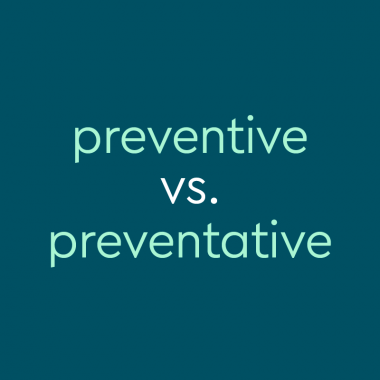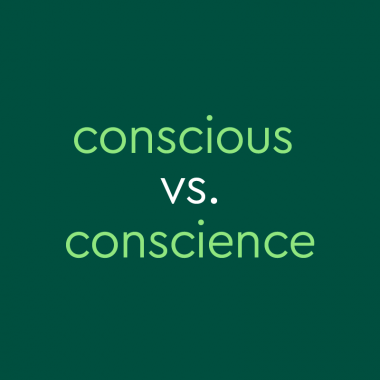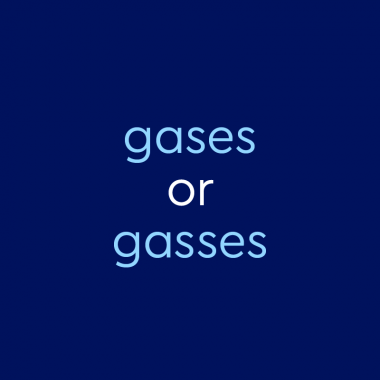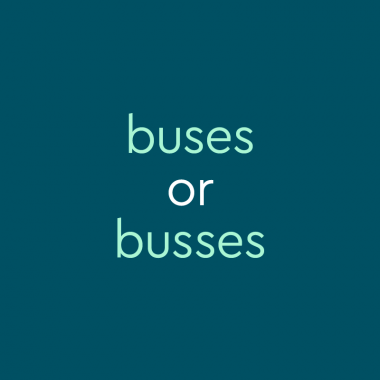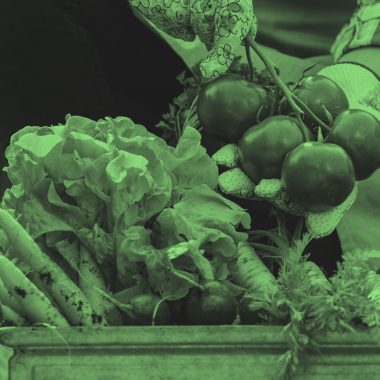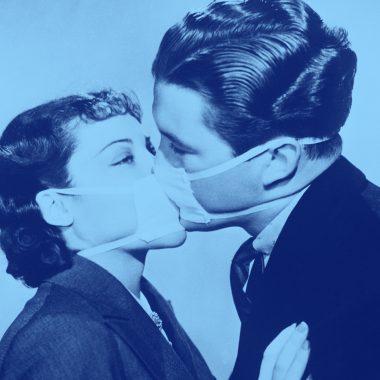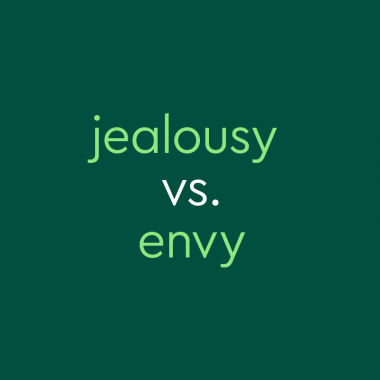“Preventive” vs. “Preventative”: What’s The Difference?
In everyday life, we hear a lot about preventative care, preventative maintenance, and preventative measures… or is it preventive? Is this just a spelling difference, or do the words have different meanings? To prevent any further confusion between preventive and preventative, we’ll sort out the difference, discuss how they’re commonly used, and provide some examples so you can see both in use. Preventive and preventative …
